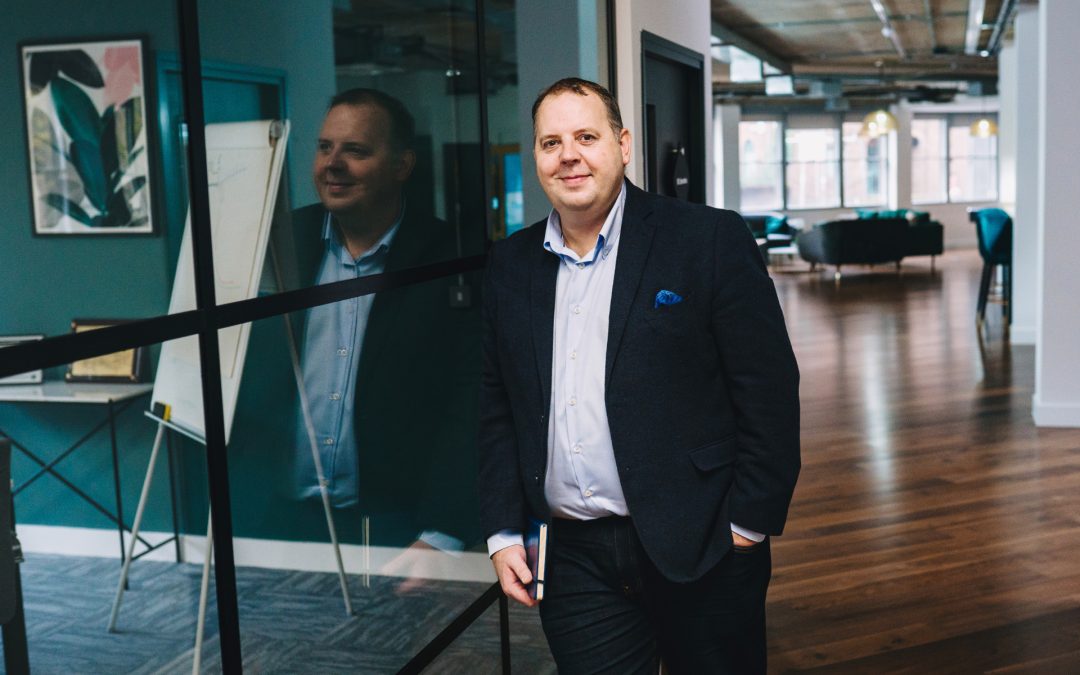Self-confidence is a crucial ingredient for success in any area of life. Without self-confidence, it can be difficult to overcome limiting beliefs and achieve our goals.
Neuro-Linguistic Programming (NLP) provides a variety of techniques for building self-confidence, allowing individuals to overcome limiting beliefs and achieve their desired outcomes.
One of the most effective techniques for building self-confidence is reframing negative thoughts.
Our thoughts have a powerful impact on our emotions and behaviours, and negative thoughts can hold us back from achieving our goals.
NLP provides techniques for reframing negative thoughts, such as changing the language we use to describe a situation and identifying the positive aspects of a situation. By reframing negative thoughts, individuals can change the way they perceive a situation and develop a more positive mindset.
Another technique for building self-confidence is Anchoring, which is a process of associating a specific response or behaviour with a specific trigger.
This can be done by linking a positive emotion or memory with a specific physical sensation or gesture. For example, you can anchor the feeling of confidence to a specific gesture, such as a strong handshake or a confident posture.
The next time you need to feel confident, you can activate the anchor by repeating the gesture, which will trigger the feeling of confidence.
Swish Patterns is another NLP technique that can be used to build self-confidence. This is a process of replacing an unwanted behaviour or thought pattern with a desired one. For example, if you have a limiting belief that you’re not good enough, you can use a swish pattern to replace that belief with the thought “I am confident and capable.” This technique can be used to overcome limiting beliefs and build self-confidence.
The Fast Phobia Model is a powerful NLP technique that can be used to overcome fears and phobias that may be holding you back from achieving your desired outcome. This technique involves identifying the root cause of the fear or phobia and then reframing it in a way that makes it manageable. This can help individuals to overcome limiting beliefs and build self-confidence.
Another technique for building self-confidence is setting and achieving small goals. Often, a lack of self-confidence can be rooted in a lack of accomplishment.
By setting and achieving small goals, individuals can build momentum and develop a sense of accomplishment that can boost self-confidence.
NLP provides a powerful toolbox of techniques that can be used to build self-confidence and overcome limiting beliefs. By reframing negative thoughts, setting and achieving small goals, visualizing success, and developing a positive self-image, individuals can overcome limiting beliefs and achieve their desired outcomes.
How would it be for you to remove those limiting beliefs and create new more compelling one?
What if this could be done at speed and content free, how good would that be for you?
If you’re ready to take your self-confidence to the next level, consider investing in an NLP training programme with Premium Impact and start building self-confidence today.
